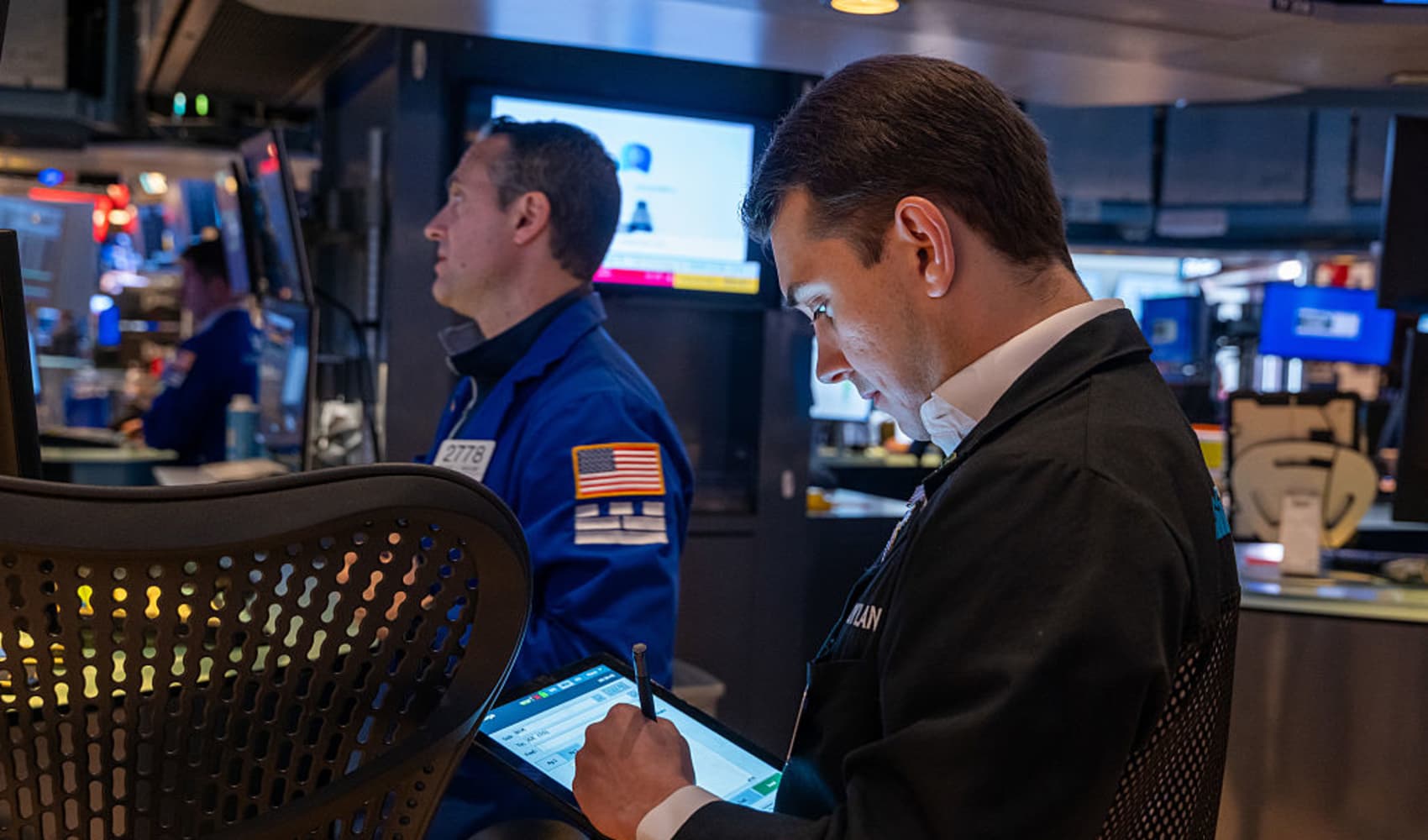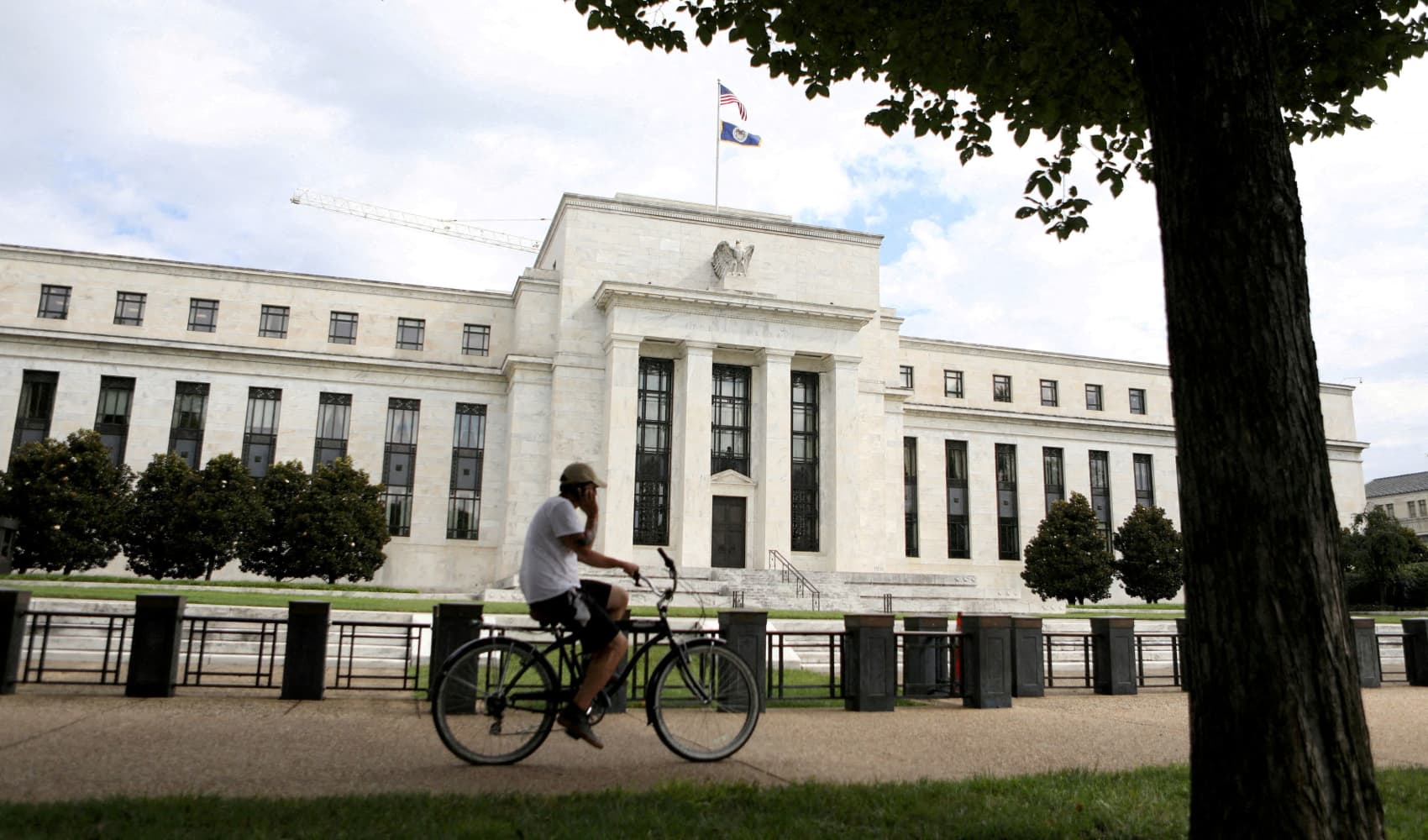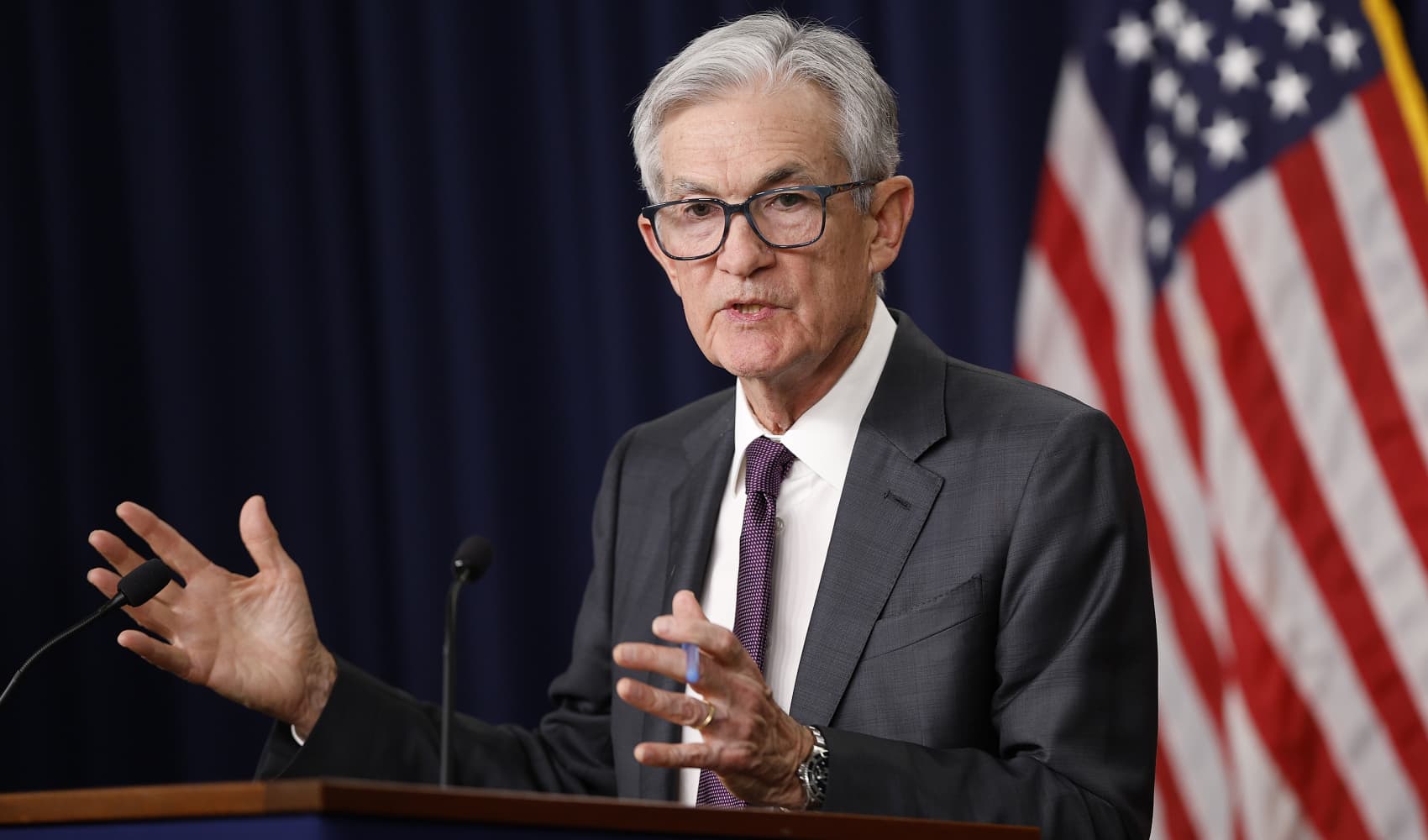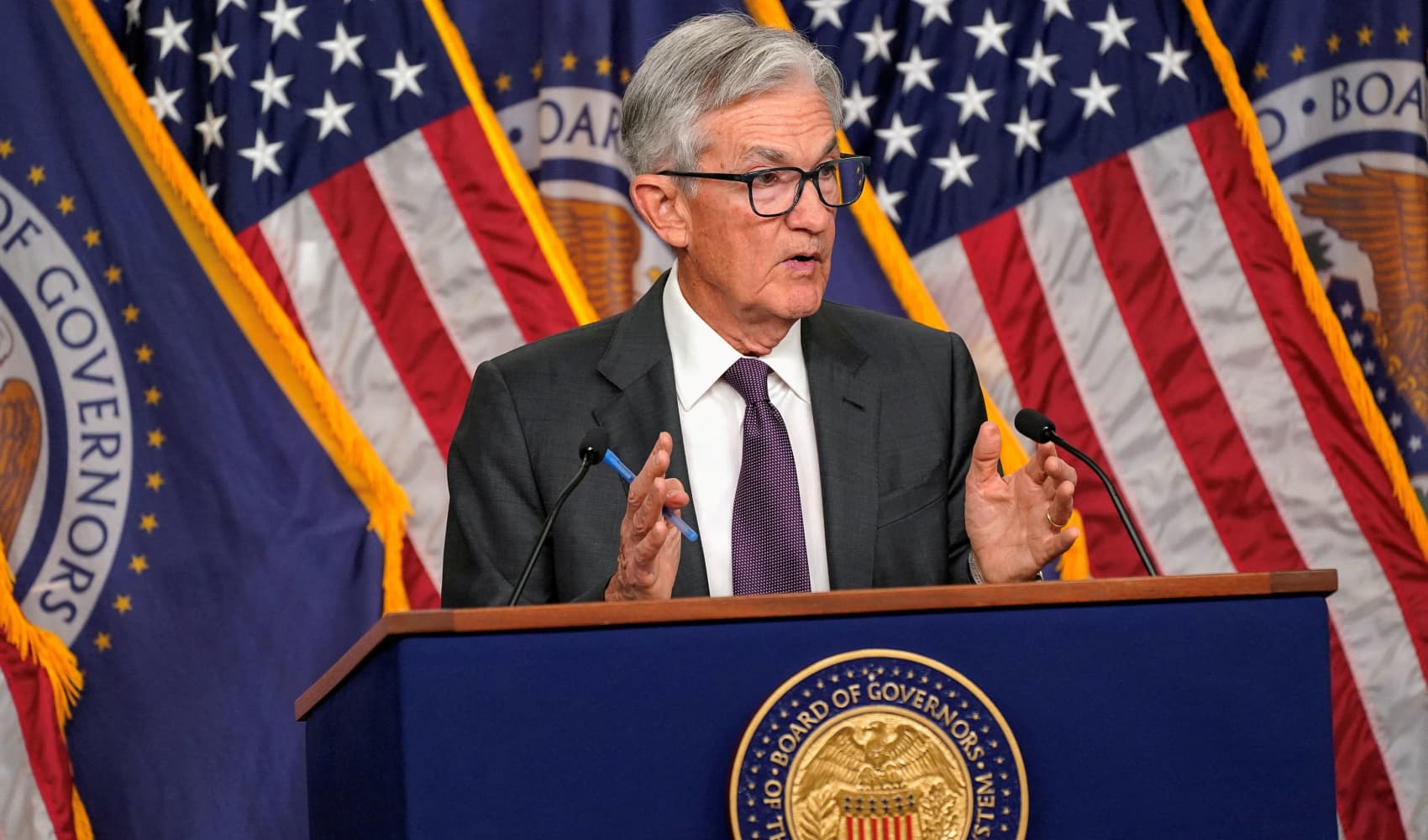10-Year Treasury Yield Rises: What's Next for Investors?
Decoding the Yield Curve: Why the 10-Year Treasury is Watching the Fed
Introduction: The Calm Before the Fed Storm
Ever feel like you're holding your breath, waiting for a big announcement? That's pretty much how the market felt on Monday as the yield on the 10-year Treasury note edged higher. All eyes are glued to the Federal Reserve, anticipating their upcoming meeting and, more importantly, their decision on interest rates. But why does this matter to you, me, and pretty much everyone else? Let's dive in and unravel the complexities of Treasury yields and the Fed's influence on our financial lives.
Understanding Treasury Yields: The Basics
What exactly *is* a Treasury Yield?
Think of a Treasury yield as the return you get on your investment in U.S. government debt. When you buy a Treasury bond, you're essentially lending money to the government. The yield is the interest rate you receive on that loan. The 10-year Treasury is a benchmark, a barometer, if you will, for the overall health of the economy and investor confidence.
Yields and Prices: An Inverse Relationship
It's like a seesaw: yields and prices move in opposite directions. When demand for bonds goes up, prices increase, and yields fall. Conversely, when demand falls, prices decrease, and yields rise. It's a fundamental principle of fixed-income investing, and understanding this relationship is key to grasping market dynamics.
Basis Points Explained: The Tiny Movements that Matter
You'll often hear about "basis points." One basis point is equal to 0.01%. So, a 3 basis point increase, like we saw on the 10-year Treasury, translates to a 0.03% increase in the yield. While seemingly small, these movements can have a significant impact on borrowing costs and overall market sentiment.
The 10-Year Treasury: A Key Economic Indicator
Why the 10-Year Matters
The 10-year Treasury yield is closely watched because it influences a wide range of interest rates, from mortgages and car loans to corporate bond yields. It's a bellwether of future economic growth and inflation expectations. If investors expect higher inflation or stronger economic growth, they'll demand higher yields on long-term bonds, pushing the 10-year yield upward.
The 2-Year Treasury: A Short-Term Perspective
While the 10-year gives us a long-term view, the 2-year Treasury yield reflects shorter-term expectations, particularly regarding the Fed's monetary policy. The spread between the 10-year and 2-year yields (the difference between their rates) is a key indicator of potential recession. A "yield curve inversion" (when the 2-year yield is higher than the 10-year) has historically been a reliable predictor of economic downturns.
The Fed's Looming Decision: Setting the Stage
The Anticipation is Palpable
The Federal Reserve's meeting is the main event this week. Traders and investors are eagerly waiting to find out what the central bank decides to do with interest rates. Will they raise them, lower them, or hold steady? The answer to that question will have ripple effects throughout the financial markets.
What's at Stake?
The Fed's primary mandate is to maintain price stability (control inflation) and promote full employment. Balancing these two goals can be a delicate act, especially in the current economic environment. The Fed's decision will influence borrowing costs, investment decisions, and overall economic growth.
The ISM Services Report: A Surprise Catalyst
Stronger Than Expected
The Institute for Supply Management (ISM) services report for April provided a bit of a surprise, showing that service sector activity was stronger than expected. The ISM services reading came in at 51.6, exceeding expectations and indicating expansion in the sector.
What Does it Mean for Yields?
Stronger-than-expected economic data often leads to higher Treasury yields. Why? Because it suggests that the economy is more resilient, potentially reducing the need for the Fed to cut interest rates. This robust data might give the Fed more room to maintain a hawkish stance on monetary policy.
Corporate Concerns: Tariffs and Uncertainty Remain
Despite the positive ISM report, it's important to note that corporate executives remain concerned about tariffs and ongoing macroeconomic uncertainty. These concerns could weigh on future economic growth and influence the Fed's decision-making process. These worries might hold back overly aggressive moves by the Fed.
Decoding CME Group's Data
According to CME Group, the market is pricing in... (content omitted, imagine it describes investor sentiment regarding the Fed's rate hike expectations as per CME Group data). Remember, these probabilities are constantly changing based on new economic data and Fed communications. Consider it a real-time popularity poll regarding monetary policy.
Interest Rate Hikes and Their Impact: A Domino Effect
Higher Rates, Higher Costs
When the Fed raises interest rates, it becomes more expensive for businesses and consumers to borrow money. This can lead to slower economic growth, as companies may delay investments and consumers may cut back on spending.
The Impact on Your Wallet
Higher interest rates can affect your wallet in several ways. Mortgage rates, credit card rates, and auto loan rates may all increase. This means you'll be paying more to borrow money, whether it's for a new house, a car, or everyday expenses.
Inflation and the Fed: A Constant Battle
The Inflation Target
The Fed has a target inflation rate of 2%. They believe that this level of inflation is consistent with sustainable economic growth. When inflation rises above this target, the Fed may raise interest rates to cool down the economy.
The Fight Against Rising Prices
Controlling inflation is a top priority for the Fed. If inflation gets out of control, it can erode purchasing power and lead to economic instability. The Fed's actions are aimed at keeping inflation in check and maintaining a healthy economy.
Alternative Investments: Where to Look Beyond Bonds
Diversifying Your Portfolio
Given the uncertainty surrounding interest rates and economic growth, it's important to diversify your investment portfolio. Consider allocating some of your assets to alternative investments, such as real estate, commodities, or private equity.
Exploring Opportunities
Alternative investments can offer diversification benefits and potentially higher returns, but they also come with their own risks. It's essential to do your research and understand the risks involved before investing in any alternative asset class.
Navigating Market Volatility: Staying Calm in the Storm
Expect the Unexpected
Market volatility is a normal part of investing. There will be periods of uncertainty and fluctuations in asset prices. The key is to stay calm and avoid making impulsive decisions based on short-term market movements.
Long-Term Perspective
Maintain a long-term perspective and focus on your overall investment goals. Don't get caught up in the day-to-day noise. A well-diversified portfolio and a disciplined investment strategy can help you weather the storms and achieve your financial objectives.
The Future Outlook: What's Next for Treasury Yields?
Uncertainty Prevails
Predicting the future of Treasury yields is always a challenge. There are numerous factors that can influence yields, including economic growth, inflation, Fed policy, and global events. The best approach is to stay informed, monitor market developments, and adjust your investment strategy accordingly.
Stay Informed, Stay Prepared
The world of finance is always evolving. Staying informed about economic trends, Fed policy, and market developments is crucial for making sound investment decisions. Remember, knowledge is power.
Conclusion: Key Takeaways and Actionable Insights
So, what have we learned? The 10-year Treasury yield is a key indicator of economic health and investor sentiment. The Fed's upcoming interest rate decision is a major event that will likely have a significant impact on financial markets. Stronger-than-expected economic data, like the ISM services report, can push yields higher. And finally, navigating market volatility requires a long-term perspective and a well-diversified portfolio. Keep an eye on those yields; they're whispering secrets about the future of the economy.
Frequently Asked Questions (FAQs)
- Q: Why is the 10-year Treasury yield so important?
- A: The 10-year Treasury yield serves as a benchmark for many other interest rates, including mortgages and corporate bonds. It also reflects investor expectations about future economic growth and inflation.
- Q: How does the Fed's interest rate policy affect me?
- A: The Fed's interest rate decisions can influence borrowing costs for consumers and businesses, impacting everything from mortgage rates to credit card rates. Higher rates can slow down economic growth, while lower rates can stimulate it.
- Q: What is a yield curve inversion and why is it significant?
- A: A yield curve inversion occurs when short-term Treasury yields (like the 2-year) are higher than long-term yields (like the 10-year). It's often seen as a leading indicator of a potential recession.
- Q: What are some alternative investments I should consider?
- A: Alternative investments can include real estate, commodities, private equity, and hedge funds. They can offer diversification benefits and potentially higher returns, but they also come with their own risks, so due diligence is crucial.
- Q: How can I protect my investments during periods of market volatility?
- A: Diversifying your portfolio, maintaining a long-term perspective, and avoiding impulsive decisions based on short-term market movements are key strategies for navigating market volatility.



